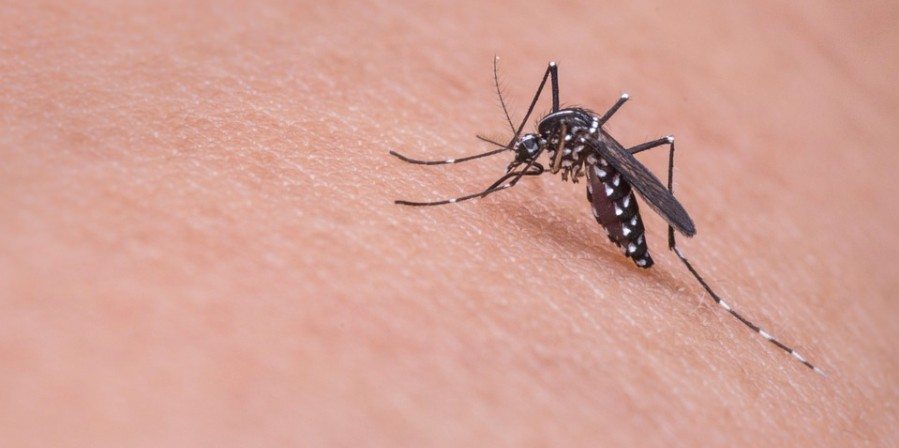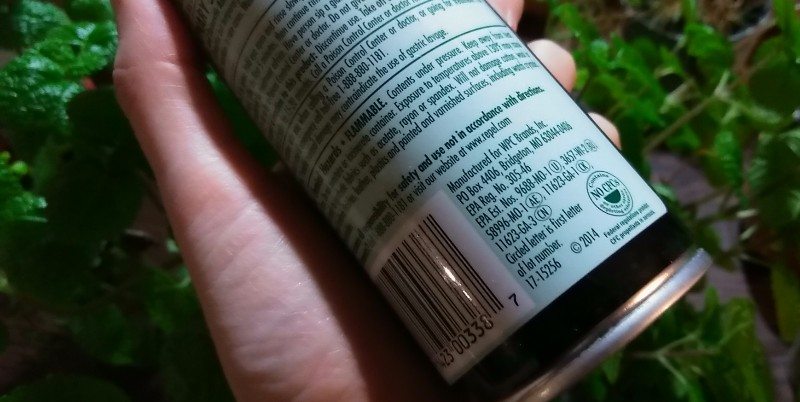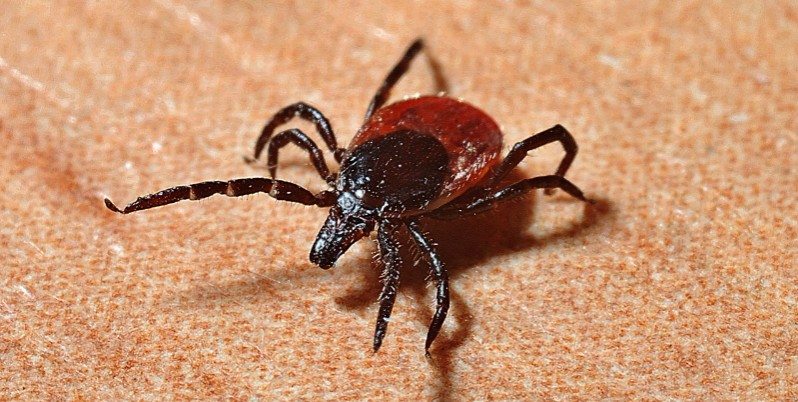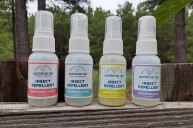Spraying down but still getting "bugged out"? Get some relief by choosing the best insect repellent to keep you protected.
Getting chewed up by bugs isn't just annoying- it's flat out dangerous. You need an insect repellent that really works to stay safe and to make your time outdoors more enjoyable.
Mosquitoes and ticks are usually the big two we worry about because of life-threatening diseases like West Nile, Lyme Disease, the Powassan Virus, and Rocky Mountain Spotted Fever.
If death from disease doesn't have you reaching for the spray, tick bites also have the possibility to make you allergic to meat. So no spray can also mean no more steak!
However, these aren't the only insects that can drive you nuts. Black flies, chiggers, no see ums, and even horseflies can drive you crazy.
Follow these tips to help keep the bugs at bay:
Know Thy Enemy

I once spoke with the world's foremost expert on mosquitos. This woman had spent her whole life studying mosquitos, cataloging, catching, classifying you name it.
I asked her after dedicating her entire life to them, how she felt about the little winged biters.
Her exact words were "I hate them. They are my enemy."
Wherever you are, it makes a big difference to understand what you're up against. Trying to guard against everything could have you headed to the woods in a hazmat suit. So it really pays to know what you're defending yourself from when picking an insect repellent.
If you're booking a trip, ask your guide before you get there. If you don't have a guide, try calling your destinations local travel agency. They can usually give you a good idea of what to look out for in the season you're traveling during.
Explore Your Options
Applying a good bug spray isn't the only way to protect yourself. If you are outside often you may want to look into Permethrin.
Permethrin is a product that is applied to clothing that lasts several washes. It doesn't interfere with moisture wicking fabrics, and is odorless once it has dried.
It will break down after some time, so you'll need to retreat your clothing if it has been in storage for a while. Be sure to follow all application instructions and precautions when using Permethrin, and don't apply it directly to the skin.
There are also a variety of protective clothing specially designed to protect against insects. Some bug shirts can have netting built into a hood to protect your face.
Others have snug fitting openings to help your clothes tuck a little tighter and keep insects from crawling up your pant leg or sleeve.
Traditional bug sprays come in a ton of varieties. If you want a combination sun screen or hate that sticky feeling there are options out there, if you know what to look for.
Stick with good active ingredients and then try different products to see what additives suit your needs best. Speaking of active ingredients...
Read the Labels
Don't be fooled by flashy ad words, you want to turn your insect repellent over and look for the ugly writing. Look for an EPA registration number. Insect repellents are actually classified as a pesticide, which means their efficacy and safety must be independently tested before they can be sold.
Some all natural products have less stringent regulation, and rather than have a number bear a phrase such as "EPA approved".
Products in this category aren't regulated as strictly because their ingredients are considered generally safe, however they aren't required to be tested for effectiveness either. So how long and how well protected you are can vary from product to product.
Products containing DEET have been popular since the 1950's, and it's currently the most widely used repellent in the world. When selecting a DEET based product look for something containing at least 30% to be effective.
Higher concentrations of DEET will last longer with less need for reapplication, but carry a higher risk of skin irritation.
There are some new micro encapsulated slow release formulations of DEET that provide longer lasting protection at lower concentrations. Be careful when applying DEET and handling certain materials after application.
DEET is a "plasticizer" which means it damages most plastics, rubber, vinyl, auto paint, ect. This is one I can personally attest to. I've wrecked two cell phone cases hosing myself down with bug spray, so be aware of where your spray is drifting!
An alternative to DEET that some prefer for areas with black flies is Picardian.
Currently Picardian is only available in concentrations up to 20%, and there are no recommendations from the American Academy of Pediatrics about the use of Picardian for children.
Picardian has been around since 1998, but toxicology testing takes a long time to provide conclusive results.
Good Practices
With any repellant, read the labels carefully. Reapply at regular intervals.
Try not to inhale fumes from insect repellent, or apply directly to your face. Instead, apply sprays to your hands and then use your hands to apply to your face.
Be aware that children often require special consideration when selecting a safe insect repellent. Always follow the manufacturer's instructions, especially when choosing a repellent for children.
Finally, try to avoid areas that may have an especially high concentration of dangerous insects. Standing water and thick brush are typically breeding grounds for biting insects, so try to minimize the time spent in these areas.
If you do find a tick attached, carefully remove the tick making sure to not leave the head behind. Place the tick on a piece of tape and fold it over to seal the tick inside. Write the date and location the tick was found on the tape.
Wait a week to see if any symptoms present before disposing of the tick. If you suspect you have a tick borne illness, testing the tick is often an earlier and more reliable way to detect the disease!
NEXT: FOX LICKS AND DOG TRICKS: UNDERSTANDING YOUR DOG'S NOSE
WATCH
https://rumble.com/embed/u7gve.v3tr93/







